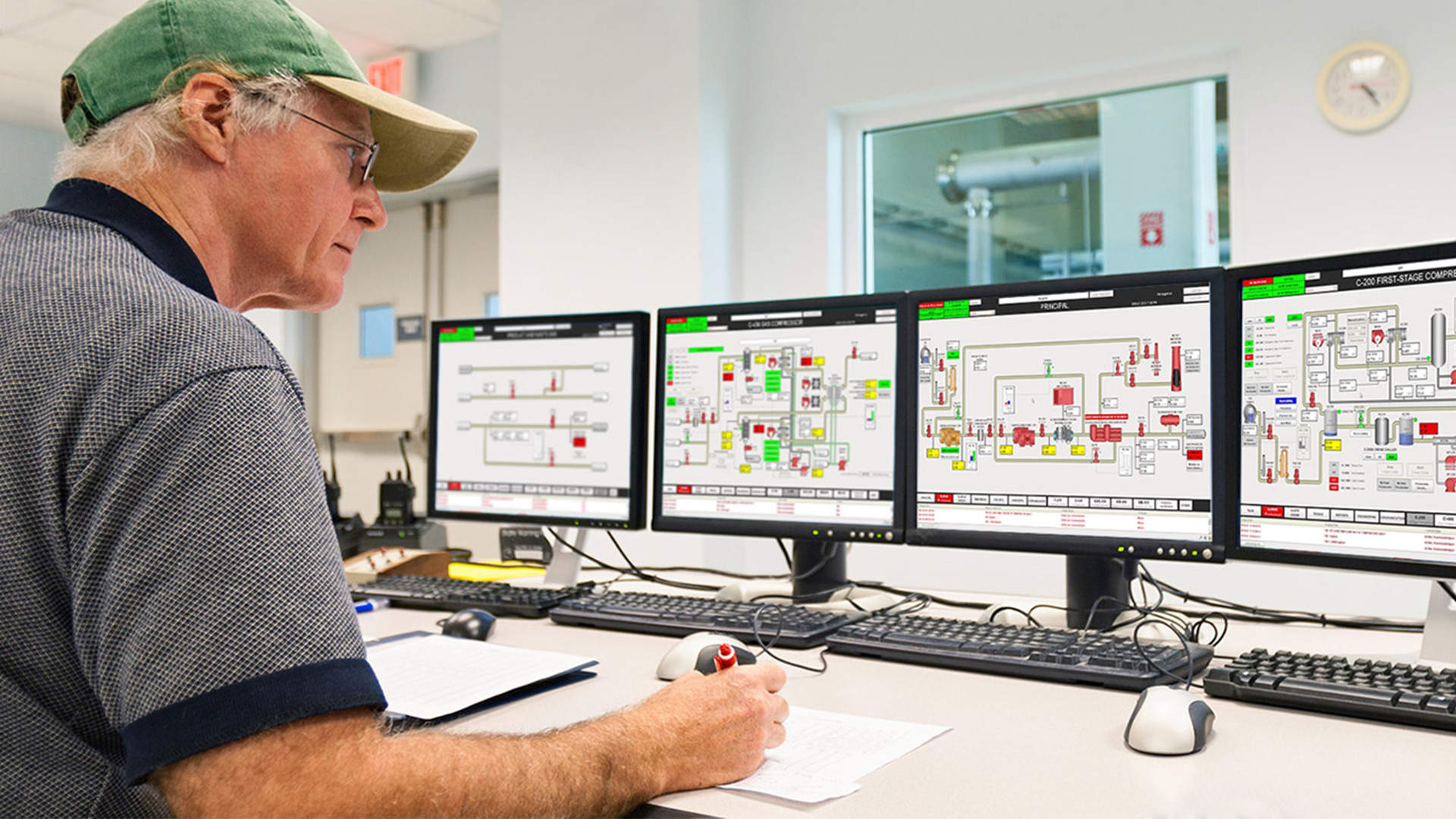The 3 Most Common Design Mistakes
Tips on How to Avoid the Biggest Pitfalls When Designing HMI/SCADA Projects
4 minute read Download PDF
Designing a new HMI / SCADA project can be an exciting and rewarding journey. The road to a successful project can also be a difficult one to navigate because of the potential problems that can derail your progress.
To help you make the trip as painless as possible, here is a list of some of the most common mistakes made when designing an HMI / SCADA project, along with how you can avoid them.
Mistake #1: Feature Creep
One of the most common problems encountered while developing a new HMI / SCADA project is feature creep. Feature creep is when new features keep creeping into your project during the course of its development
You should never turn your back on a good idea. However, if the scope of a project continues to grow during its development, your deadline will continue to get pushed back. This is equivalent to continually moving the finish line back during a race; if you can’t see the finish line you won’t be able to pace yourself, and sooner or later you and your project will hit a wall.
Solution: More often than not, feature creep is the result of poor planning. If you spend the time at the beginning of the project to 1) accurately define it, 2) build a solid project architecture and 3) formulate a detailed plan of action, you can ensure that your project is not derailed by feature creep.
The planning phase is covered in detail the first installment of the Design Like a Pro white paper and webinar series.
Mistake #2: Designing for the Present (But Not for the Future)
Designing a project for the present is what happens when HMI / SCADA project developers create a new project with their own immediate needs in mind, without regard to those who will use the project after them.
Designing a project with a lack of foresight is not only a common mistake, it is potentially one of the most costly errors an HMI / SCADA project developer can make. That’s because designing a project to solve a problem for the here-and-now may bring relief today, but it can result in a costly redesign in the not-sodistant future.
Solution: A rule of thumb to follow when designing projects for HMIs or SCADA systems is this: Don’t design the project for yourself, design it for the next person who will use it.
That means you need to think about not only the people who will use the project on a daily basis, but also the next developer who will work on the project. In practical terms that means you should be logical and consistent in your project development.
Some good practices in regards to this are:
- Use consistent naming conventions when saving files.
- Keep thorough notes when scripting.
- Use HMI / SCADA software that adheres to modern IT best practices and allows for easy expansion.
This all seems very simple – and it is – but it’s amazing how often this philosophy is not followed.
Mistake #3: Endless Development Time
Another very common problem encountered during the design phase is getting lost in endless development time. This occurs when the development of certain project parts – such as components, project windows, or scripting functions – eats up all your time with no end in sight.
This most commonly occurs when project developers use an application or skill set that they are not very familiar with. It can also happen when working on a very large project that requires the tedious creation of some project pieces to be done over and over again across multiple devices.
Solution: Being able to swiftly move through tedious, repetitive tasks will keep the project on course. This is one of the hallmarks of a seasoned project developer. A real pro doesn’t complete a project quickly because he is working at a reckless pace; it’s because he knows some seriously powerful shortcuts to get from point A to point B.
Time-saving techniques such as using a web-based development environment, component templates and user defined types can turn endless development hours into time for innovating, refining, testing, and securing a project to make it the best it can be.
Project engineers must continually stay up to date on the best methods for development and latest technological advances that keeps them on the leading edge in project development. A good resource on how to speed up development is the Design Like a Pro Series listed in the box below.
Want to stay up-to-date with us?
Sign up for our weekly News Feed.
